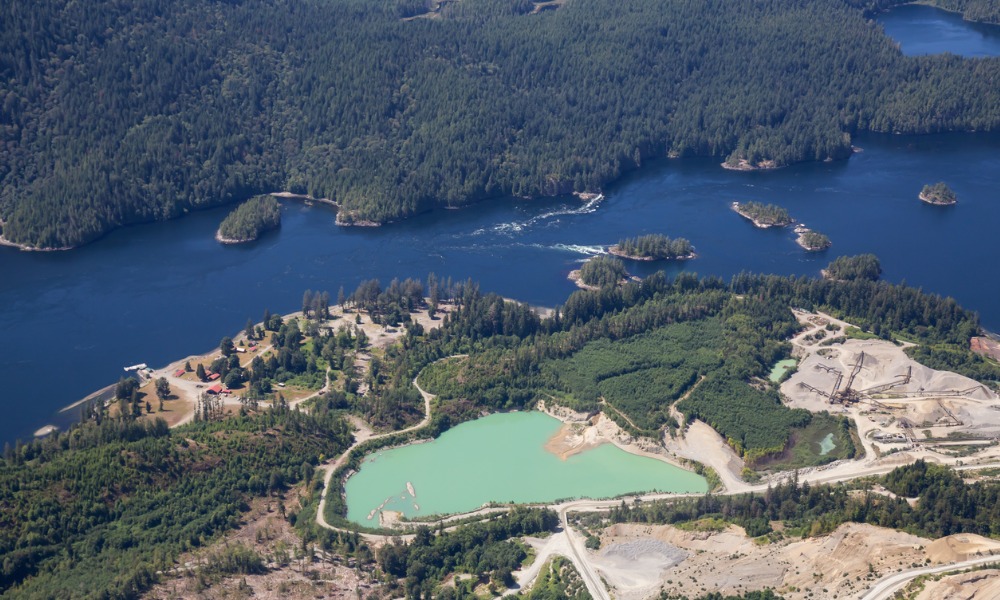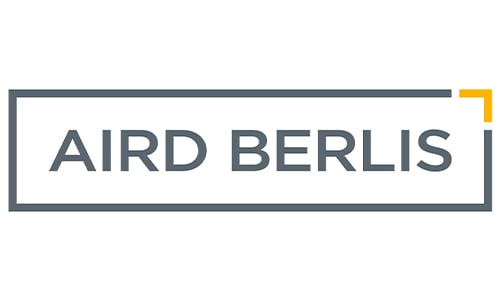Owing to vast benefits – and possible consequences – of a mining operation, companies engaged in this business may find themselves subject to various laws. In British Columbia, one of these laws is the Mining Right of Way Act, which is complemented by other major mining laws of the province.
What are the laws governing the mining industry in BC?
Mining companies are governed by federal and provincial or territorial laws. They may even overlap in some circumstances, which mining companies must be aware of.
Some of the federal laws that apply to mining activities include:
- Canadian Environmental Assessment Act, 2012
- Canadian Environmental Protection Act
- Competition Act
- Income Tax Act
- Fisheries Act
Major mines and their operations in BC are covered by these laws:
- Mines Act
- Public Health Act
- Drinking Water Protection Act
- Environment and Land Use Act
- Environmental Assessment Act
- Environmental Management Act
Other provincial laws in BC may also apply. Related to tenure are:
- Coal Act
- Land Act
- Mineral Tenure Act
- Mining Right of Way Act
These Canadian mining laws interact with each other, which may depend on factors such as the specific area of the operations, the mineral to be mined, etc.
As an update on the regulation mining industry in the province, watch this video:
If interested in joining BC’s mining industry, consult with one of the Lexpert-ranked best mining lawyers in BC to find out more about laws on mining activities.
What is Mining Right of Way Act of BC all about?
Cory Kent, Office Management Partner in McMillan LLP’s Vancouver office, provided some insights on what this statute is all about.
“The Mining Right of Way Act, first adopted in 1943, provides the holders of mineral titles with the ability to obtain and use rights-of-way and existing roads over private or Crown land to construct, maintain and operate facilities necessary for the exploration, development and operation of mineral tenures,” Kent says.
It is also related to another provincial law, since “[t]he access rights are in addition to a mineral tenure holder’s right to access mineral tenures provided under the Mineral Tenure Act (BC),” he adds.
Right of way of recorded holders
Under the Mining Right of Way Act, a recorded holder who wants to secure a right of way over private land may do so, subject to certain conditions.
“The Act gives 'recorded holders' the ability to secure rights of way over various types of land,” says Kent.
“The Act allows recorded holders to secure a right of way across private land for constructing, maintaining, and operating facilities necessary for mineral exploration, development, and transportation without the landowner's consent.”
Related to the right of expropriation, the Act states that a recorded holder can take over a part of the private property to acquire a right of way. The Act applies when a landowner, or a person who has a right or interest in private land, does not grant a right of way to the recorded holder for them to access their mine site.
Kent says that “[a] recorded holder has the same meaning as in the Mineral Tenure Act, which means ‘a person whose name appears as the owner of the mineral title on the record of that title in the registry’.”
Condition: approval of the Minister
Although the Mining Right of Way Act provides this right to miners, this right to expropriate cannot be exercised automatically. There are conditions that must be met.
“To take or use land under the Act, the recorded holder must file with the Minister a plan showing, among other things, the land proposed to be used or taken, and obtain written approval for the plan,” Kent says.
As such, the recorded holder must first get the written consent of the Minister by filing a plan which shows the land to be taken. It may also include details regarding the proposed road’s construction, operation, and maintenance. Related environmental information may also be added to the plan.
If facilities are to be constructed in the right of way, it must also be included in the plan, such as its costs and abandonment.
The Minister may modify the proposed right of way’s width upon submission of the plan. The plan may also be amended resulting from a proceeding under BC’s Expropriation Act which will take precedence over the Minister’s approval.
Limitations under the Mining Right of Way Act
This power granted by the Act to take the necessary right of way on private land has certain limitations.
First, written consent or a permit must be secured from the government:
- when using Crown land for a right of way, or
- when the land is within a provincial forest
“Before granting consent or a permit, the minister may request plans, information, and modifications,” says Kent.
Second, parties involved in this right of way have limited liabilities as to the condition of the roads built and operated under the Act. These include:
- the government
- the recorded holder
- a deemed owner of an access road
Other limitations on the road built under the Act are:
- it cannot be connected to a forest service road without consent from the proper authorities
- it does not fall under the definition of “highways” under BC’s Transportation Act, unless ordered by the Lieutenant Governor in Council
Use of existing roads
One of the limitations to this right is that it does not include the recorded holder’s right to take and use existing facilities or other improvements in a right of way.
An exception is when the recorded holder uses an already existing road. Common law has some clarifications on this matter.
Kent says that in Imasco Minerals Inc. v. Vonk (2007), it is said that “where a road has not been built under an enactment of the legislature, it would not be considered an existing road pursuant to the Act.”
When it’s determined not to be an existing road, it is then “not available for use by a recorded holder without agreement of the owner of the road.”
Recent developments for the Act
Kent says that “the application of this Act does not take into account the subsequently adopted Declaration Act.”
As a result, it’s “anticipated that, as the BC legislature moves to align BC laws with the Declaration Act and the principles under the United Nations Declaration of Rights on Indigenous Peoples, this Act may be subject to amendments.”
This is to “address the rights of Indigenous Peoples in the traditional territories within which the rights of way or roads used to access mineral tenures are located,” says Kent.
How is a right of way appropriated under BC’s Mining Right of Way Act?
The Mining Right of Way Act says that if landowner’s consent as to the right of way was not obtained, the Expropriation Act of BC will apply.
This is because if the owner consents to the right of way, an agreement may be entered between them and the recorded holder as to its use and compensation.
In other words, if the owner does not consent, or if the parties cannot agree on the terms, the Expropriation Act applies according to the Mining Right of Way Act.
Generally, the expropriation process is as follows:
- expropriation notice will be sent to the approving authority and the landowners
- if there’s a request for inquiry, a public hearing may be held (or disapproved)
- expropriation will be approved or rejected by the approving authority
- advance payment will be given to the landowner by the expropriating authority
In most cases, there may be disagreements on the amount of compensation for the landowner, whether by agreement or because of an expropriation process.
“Where the parties cannot agree on compensation, the Surface Rights Board has jurisdiction to determine the compensation payable,” says Kent.
At this point, it’s important to then consult with a mining lawyer to know the legal options of either party (e.g. submitting the dispute to an arbitrator).
Reach out to the best mining lawyers in Canada as ranked by Lexpert to know more about BC’s Mining Right of Way Act and other similar laws.





